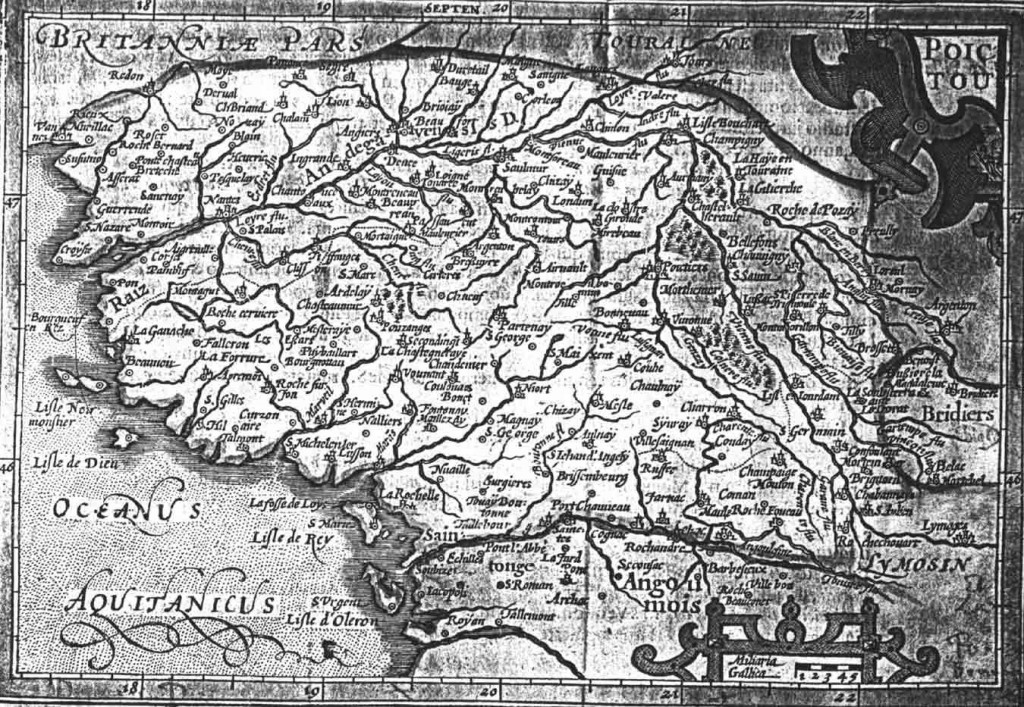
Ever since the publication of Alex Haley’s Roots in 1976, and especially because of the rise of services like Ancestry.com, FamilySearch.org, The Freedmen’s Bureau Project, and 23andMe, people are wild about genealogies. Some devote decades to teasing out their family history. Others often travel to various global destinations, retracing migratory paths.
I’m using all of the above to do the same. Maybe I’ll end up devoting years to it. Fine by me. These are all the fun things you can do to find your place in the world history cosmos:
- Travel to places you otherwise might never see. So far, I’ve been to Louisiana, Jamaica, and France, although the former two places I visited before officially starting my family quest. In France, I drove with my daughter Dakota from Paris to Martaizé, which I mistakenly believed to be the village that the first Breaux left to pursue adventure in the New World. After getting back home, I learned he actually hailed from La Chaussée. Bummer — I’ll have to take another international trip!
- As you learn more, travel more. Other places that are now must-sees include Nova Scotia, Senegal, and return trips to Jamaica and Louisiana.
- Continually dig deep into ancestry sites. After extensive digging in FamilySearch.org, I found out that one of my forebears, Joseph Troisville Breaux, was a white man who had an interracial “relationship”. Another one, Joseph Breaux, owned slaves, as did Firmin Breaux, whose namesake is Breaux Bridge, Louisiana.
- The web is your oyster. A lot of library microfilm is now web-searchable, text-based content. This is how I discovered the list of slaves owned by Joseph Breaux, as well as the names of the ships that brought slaves from Senegal to New Orleans. Keep clicking, and don’t rely on just the first page of search results.
- Books still exist. Young’uns — believe it or not, people still read books, huge ones! And there are so, so many of them. I’m currently about to make my way through The French Peasantry in the Seventeenth Century and A Great and Noble Scheme: The Tragic Story of the Expulsion of the French Acadians from Their American Homeland. If you end up reading Roots, let me know and we can chat!
- Visualize and imagine. The more you learn, the more you know about past daily customs, dress, weather, and physical characteristics (Acadian men were “of good height,” for instance). Close your eyes and imagine. Or, re-imagine the space right in front of you. For example, as you pick up a fork to eat a meal, picture the hand of an ancestor doing the same.
- Watch movies. Movies are, by default, usually not 100% historically accurate, but period piece dramas are a great way to get even a remote sense of what a certain time period must’ve been like. And, like 12 Years a Slave, many movies bring stories and narratives to life that were previously lost in obscurity. Binge watch that shit.
- Talk to people. If you’re lucky, you have a family that passed down stories of long-deceased crazy uncles, or angry Cajun men, or renegade frontier guerrillas. Or, get in contact with a professor specializing in whatever time period or subject you’re studying. Many brilliant scholars are out there and sometimes available to answer questions. Look up their faculty page to find their email address.
And a bonus suggestion: Create a Google Drive folder and organize all of the information you find into folders and files. Share it with family, so that they can contribute, too. Never before have we had such access to easy archiving tools, so be sure to use them. The Great Fire of London ain’t got nothin’ on Google Drive!
Happy sifting. Let me know what you find.
